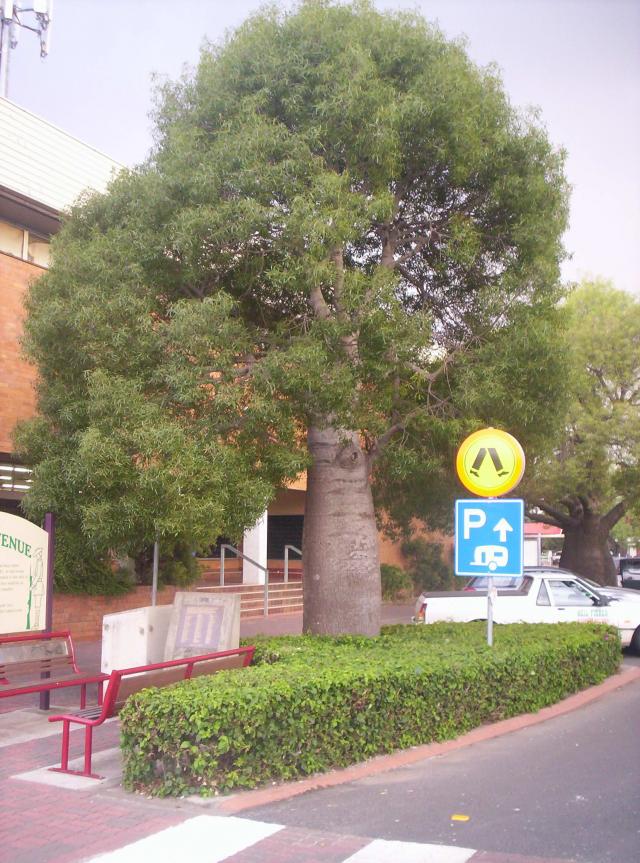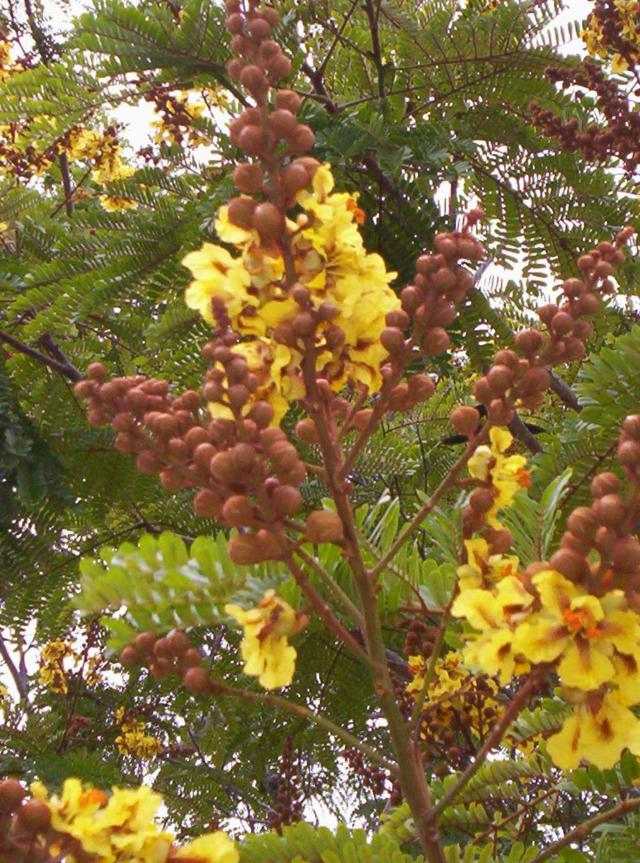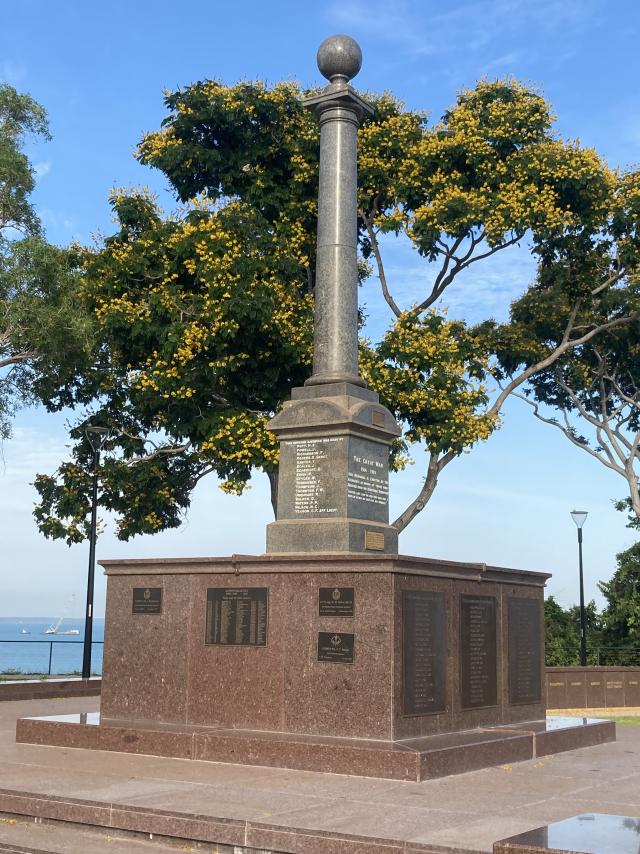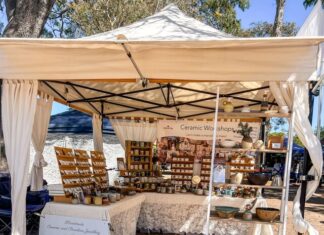I have always been fascinated by the history of plants, and the story of the Lone Pine or Gallipoli Pine is part of Australian folklore, but what was the story of the Lone Pine?
The Lone Pine, or the Gallipoli Pine as it is passionately known in Australia, is Pinus brutia. Commonly known in Europe as the Aleppo Pine, which is found native to the drier southern areas, it is a large spreading pine tree, growing up to 20m high, with attractive pale green foliage.
This tree witnessed an important part of Australian history. A major diversionary offensive was launched by the 1st Australian Infantry Division on 6 August 1915 at a place called Plateau 400, a ridge that would eventually become known by Australians as Lone Pine. The Turks had cut down all but one of the Aleppo Pines that grew on this ridge, to use the timber to cover their battle trenches. In the three days of fighting that followed, more than 2000 Australian soldiers, and an estimated 7000 Turks, lost their lives in this battle.
The one solitary pine left on the ridge was also destroyed in the fighting. Fortunately, two Australian soldiers souvenired a pine cone each, which found their way back to Australia, but it took another decade before any of these trees were propagated. Lance Corporal Benjamin Smith, whose brother was killed in the battle for the Lone Pine ridge, sent a cone home to his mother in Inverell in New South Wales. She waited until 1928 before planting the seeds, from which two seedlings grew. She presented one to the town of Inverell, and the second was planted at the Australian War Memorial some years later, and it now stands at over 20m in height.
The second pine cone remained in the haversack of Sergeant Keith McDowell until the end of the war. When he returned home, he gave it to an aunt who lived near Warrnambool, in Victoria. It took her well over a decade before she too planted the seeds, of which four seedlings were grown. One was planted in Wattle Park, Melbourne, one at the Melbourne Shrine of Remembrance, one at the Soldiers Memorial Hall at The Sisters, and the last one was planted at the Warnambool Gardens.
In 1990, two trees descended from the original pines were taken back to Gallipoli by veterans who attended the memorial service for the 75th anniversary of the battle of Lone Pine. Many other trees have been propagated from the pine grown at the Australian War Memorial for memorial plantings throughout Australia, including in our local area.
ANZAC AVENUES
The Peltophorum pterocarpum or Golden Flame Tree has played a part in many of the Anzac Avenues and Memorial throughout Northern Australia. However it is not only the canopy of the Peltophorum that draws interest in this tree. Its showy yellow flowers will blossom from August to May most years. Flowering at both Anzac Day and Remembrance Day, not many trees will do this.
This tree is a native of tropical Australia, South-east Asia and the Pacific Islands and has been used for many years in street and park plantings throughout all of tropical Australia. With its dense shady crown making it highly sought after during long hot summers. The Peltophorum will grow to a maximum height of 8 to 10 metres high, although they have been known to reach 20 metres if the conditions are right.
One of the most symbolic Anzac avenues in Queensland would be Bottle Trees or Brachychiton rupestis planted in Roma are a living Anzac tribute to those that made the ultimate sacrifice for their country. There is a Bottle Tree named for each of 93 local young men who did not return from World War 1.
If an Avenue were planted with a tree for every person lost in service, at a spacing of 25-30m each side of the road, the Avenues would stretch unbroken for 1600km.
With such perfect gardening weather ahead it should be a busy weekend for garden enthusiasts and don’t forget to attend next Tuesday’s Anzac Day Service and March.










